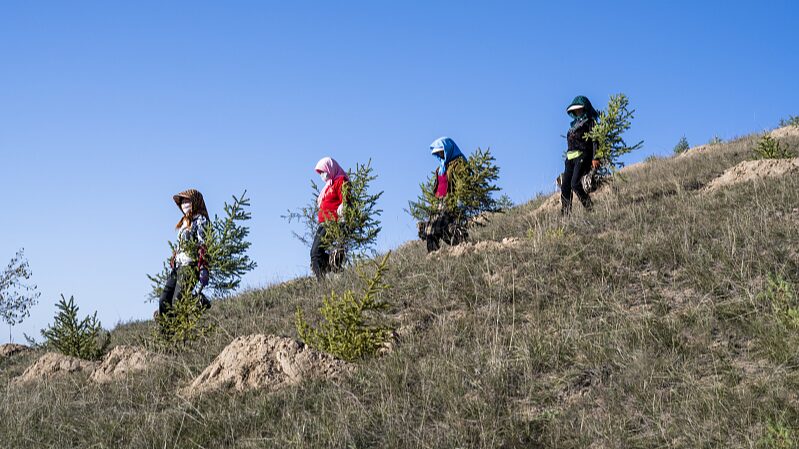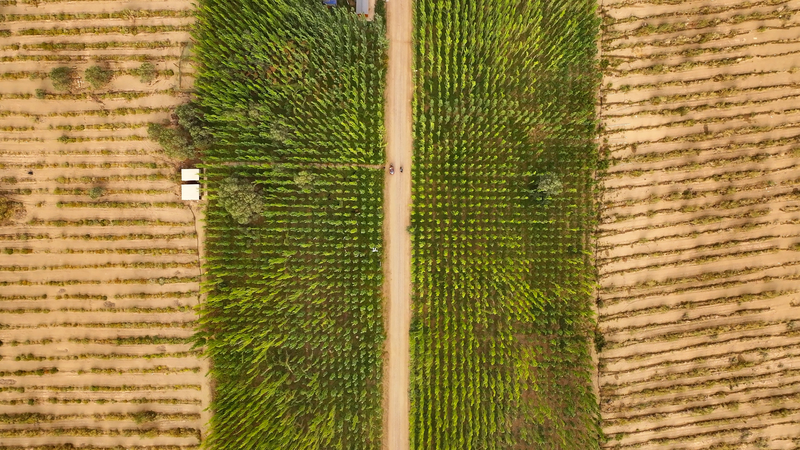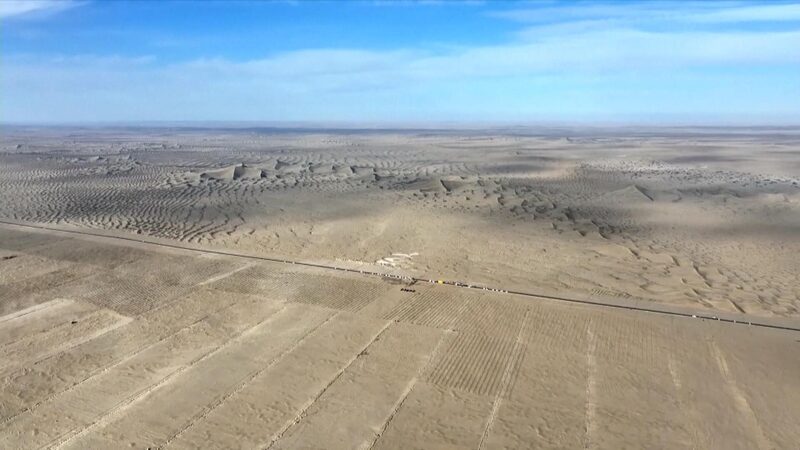Once known as part of China’s ‘Sea of Death,’ the arid Kekeya region in Xinjiang has transformed into a lush paradise after decades of anti-desertification efforts. This green miracle, born on the edge of the vast Taklimakan Desert, now stands as a testament to human resilience and ecological innovation.
Starting in 1986, locals in Aksu Prefecture battled extreme conditions—water scarcity, salty soil, and relentless sandstorms—using basic tools to plant trees. Fast-forward to today: over 80,000 hectares of new forests have turned the area into a ‘Green Great Wall,’ with forest coverage soaring from 8% to 73% since the project began. 🌳
“Our shelterbelt forest blocks wind and sand, keeping our homes clean,” said Song Jianjiang, one of the first forest rangers. The project not only stabilized the environment but also boosted livelihoods. Apple farmer Zhao Hongguang now sells his high-yield crops to major economic hubs like the Yangtze River Delta, earning over $2,850 per harvest. 🍎💰
Wildlife is thriving too! Photographers Su Hui and Lu Fang capture rare birds like kingfishers and bluethroats—species once unseen here. “The ecosystem is healing,” Su remarked, showcasing nature’s comeback through their lenses. 📸🦜
From dusty bowls of rice to vibrant green parks, Kekeya’s journey proves that even the harshest deserts can bloom. As Song put it: “This forest brought hope to everyone.” ✨
Reference(s):
Xinjiang's Kekeya becomes green miracle in China's largest desert
cgtn.com






